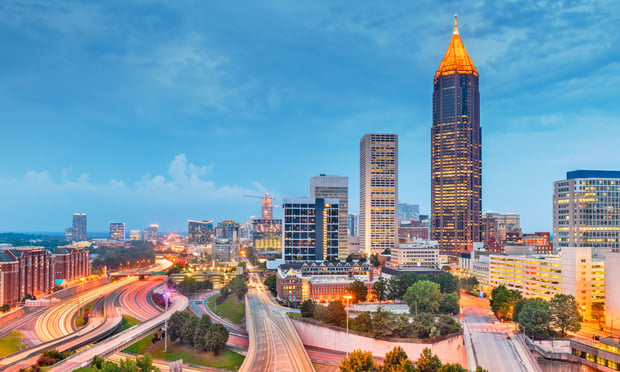ATLANTA—After more than 10 years of dredging and construction, the $5 billion Panama Canal expansion opened over a year ago. The expansion doubled the storied canal's capacity by widening and deepening the channels to make room for ships nearly three times the size of what would originally pass through. Panama Canal executives predict a 16% to 17% revenue increase in 2017.
At the same time, the retail industry is seeing a growing reliance on e-commerce. The e-commerce industry will surpass $2 trillion in revenues in 2017, according to a Forbes report. And market research firm eMarketer puts that figure even higher by 2020, predicting e-commerce sales will rise to $4 trillion by 2020 and account for 14.6% of all consumer retail spending.
Especially on the East Coast, the industrial market is witnessing changing times on the manufacturing, logistics and transportation front. Monte Merritt, senior director at Franklin Street, sees the e-commerce expansion along with the Panamax discussion as both an opportunity and a challenge for ports, especially in Florida.
Recommended For You
Want to continue reading?
Become a Free ALM Digital Reader.
Once you are an ALM Digital Member, you’ll receive:
- Breaking commercial real estate news and analysis, on-site and via our newsletters and custom alerts
- Educational webcasts, white papers, and ebooks from industry thought leaders
- Critical coverage of the property casualty insurance and financial advisory markets on our other ALM sites, PropertyCasualty360 and ThinkAdvisor
Already have an account? Sign In Now
*May exclude premium content© 2025 ALM Global, LLC, All Rights Reserved. Request academic re-use from www.copyright.com. All other uses, submit a request to asset-and-logo-licensing@alm.com. For more information visit Asset & Logo Licensing.









